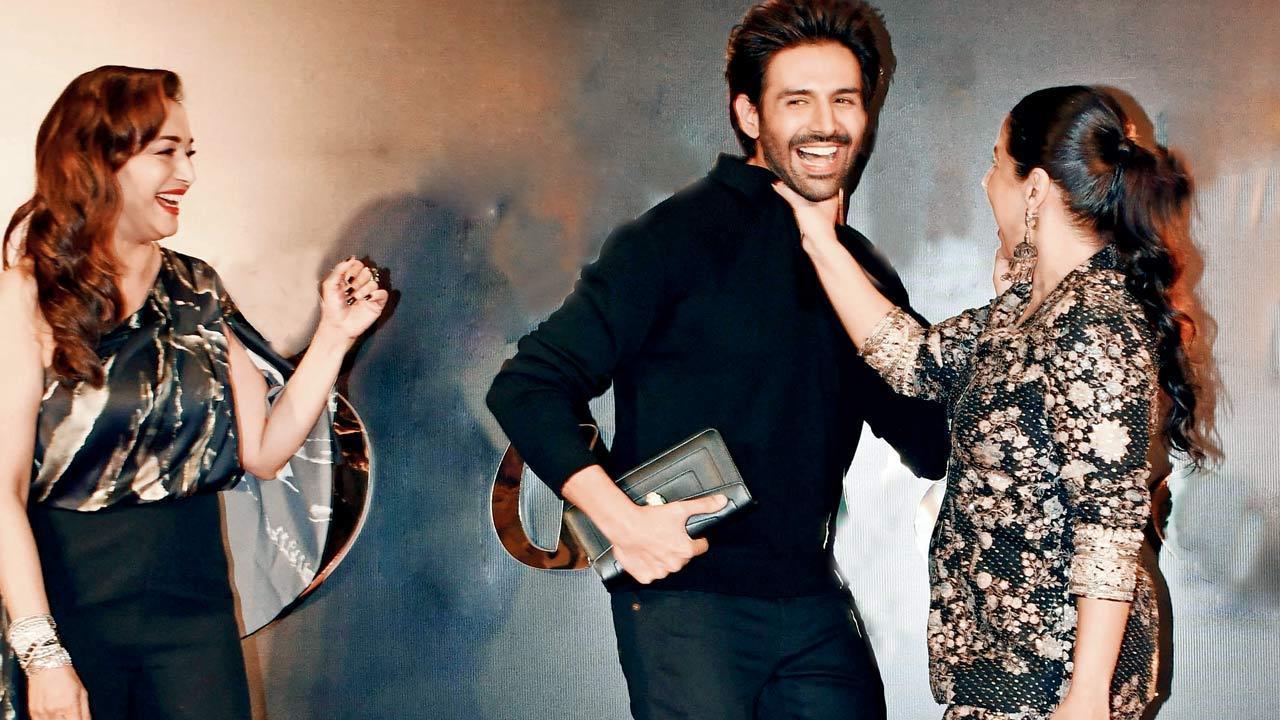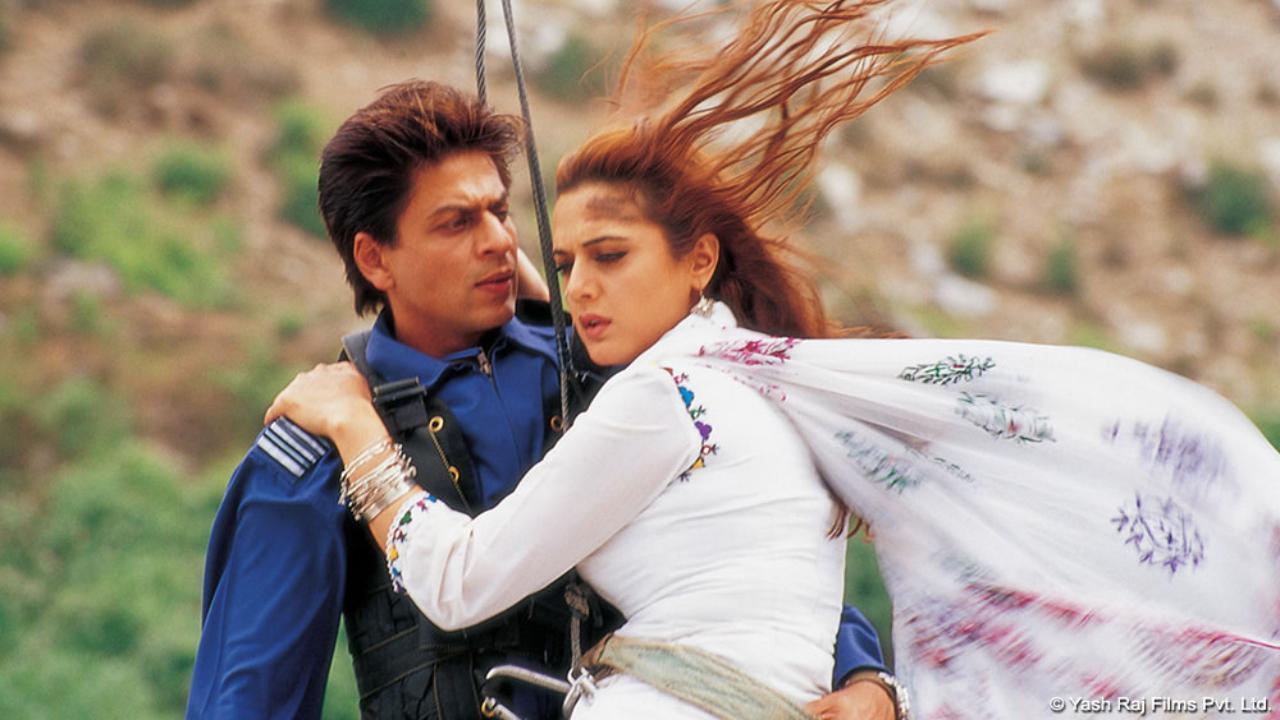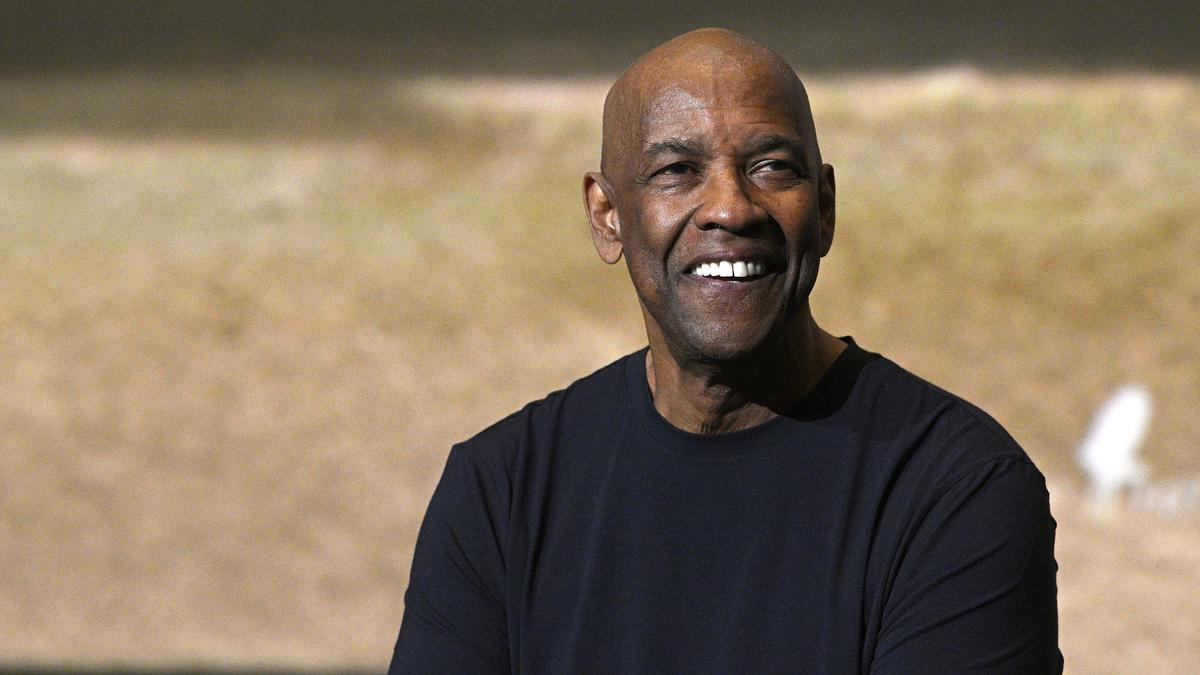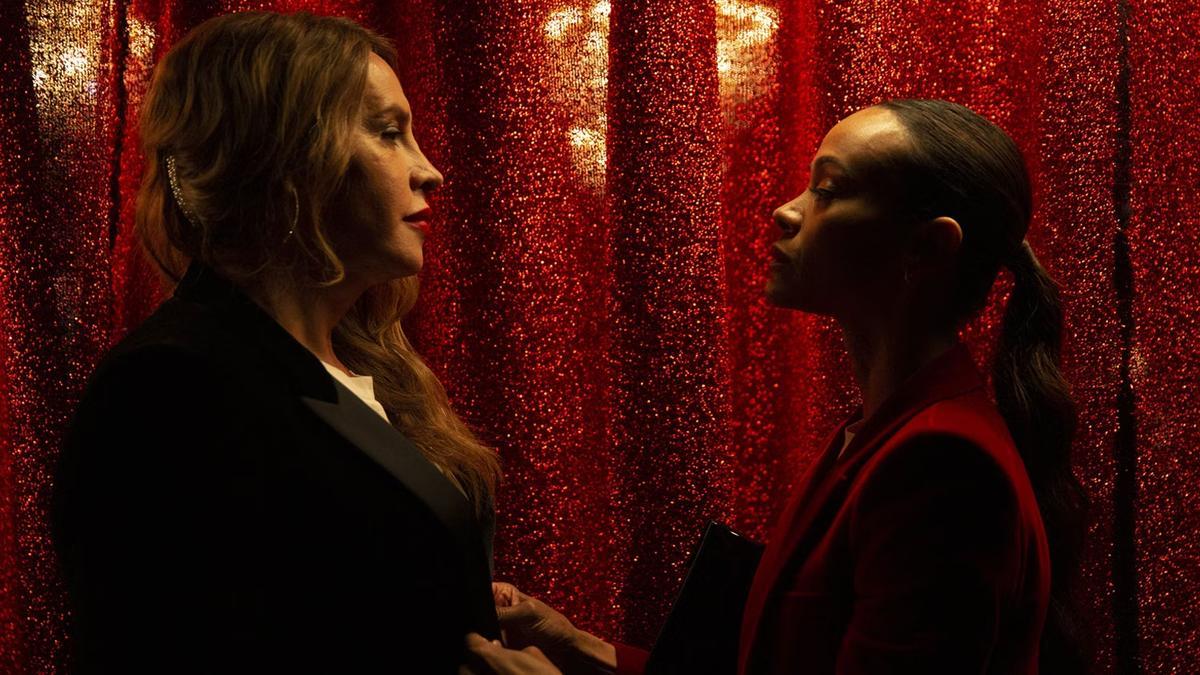
Imagine making your film debut, after prolonged delay and struggle, in your 30s. And then, having to wait another 24 years before you get your first lead role. This happened with one Bollywood actor. And that is not all; in between all this, he quit the industry to work at a dhaba of all places.
Sanjay Mishra, a name that may not ring a bell for the casual observer but is cherished among cinema aficionados, embodies the quintessential underdog story. Born in 1963 in Bihar’s culturally rich town of Darbhanga, his foray into acting was neither immediate nor seamless. After completing his early education in Varanasi, Mishra made his way to the prestigious National School of Drama, graduating in 1989. Armed with dreams and a robust foundation in theater, he ventured into the unpredictable world of Bollywood.
The first chapter of Mishra’s professional career was marked by a series of mundane commercials and minor TV roles, a far cry from the stardom he yearned for. It wasn’t until 1995 that he tasted the big screen for the first time, albeit not in a leading role, but sharing the frame with the illustrious Shah Rukh Khan in “Oh Darling! Yeh Hai India!” Despite this initial foray, Mishra remained on the periphery, securing small yet memorable roles in critically acclaimed films like “Satya” and “Dil Se.” Still, it wasn’t until he portrayed the quirky and beloved character of Apple Singh in a TV campaign for the 1999 Cricket World Cup that he began to gain significant traction. This newfound recognition opened doors, most notably, lending him a supporting role in the popular sitcom “Office Office.”
As Mishra moved into the new millennium, his resume expanded with a variety of roles in mainstream comedies such as “Golmaal,” “Bunty Aur Babli,” and “All The Best.” Yet, despite these appearances in successful films, the echelon of leading man roles continued to evade him. In 2014, after years of patiently waiting on the sidelines, Mishra received his first leading role in “Ankhon Dekhi,” a film that not only showcased his versatile acting skills but also cemented his position as a substantial force in Indian cinema.
.
The road to this significant milestone was far from smooth. Amidst his rising career in the early 2000s, Mishra confronted a personal tragedy that shook the very foundation of his existence. The death of his father left him profoundly disheartened and disillusioned. Seeking solace and inner peace, Mishra did something drastic—he left the glitz and glamour of Mumbai and traveled to Rishikesh. During a revealing interview with News 18, Mishra opened up about this period, mentioning how he ended up working at a dhaba near the ghats. There, he washed 50 cups a day for a meager sum of Rs 150. Reflecting on this chapter, Mishra admitted that this sabbatical, although seemingly outlandish, was crucial for his mental well-being. After a few weeks of this unusual hiatus, he returned to Mumbai, ready to reignite his film career with a rejuvenated spirit.
In recent years, Sanjay Mishra’s career has taken a dynamic turn. While he continues to be a prolific supporting actor in commercial blockbusters, he has also transitioned into the realm of indie cinema, exploring diverse characters in films like “Vadh” and “Kamyaab,” both released after 2020. These films have allowed Mishra to fully exploit his acting range and gain a different kind of appreciation from both critics and audiences. Additionally, he hasn’t shied away from mainstream cinema, appearing in influential supporting roles in movies such as “Bhakshak,” “Bholaa,” “Cirkus,” and the highly successful “Bhool Bhulaiyaa 2.”
Through every twist and turn, Sanjay Mishra’s journey remains a testament to resilience and passion. His tale is a compelling reminder that the road to success is often winding and unpredictable, but perseverance and integrity can help navigate even the most challenging of paths. From washing cups at a dhaba for Rs 150 to commanding the screen in leading roles, Mishra’s story is an inspiration to aspiring actors and dreamers everywhere.










